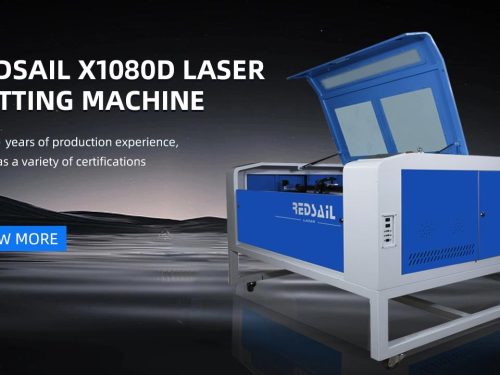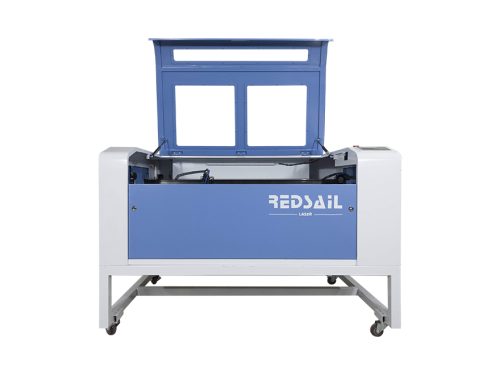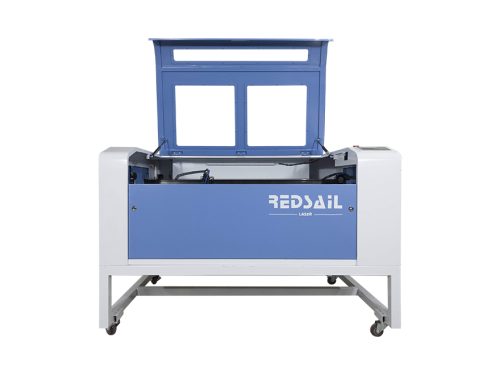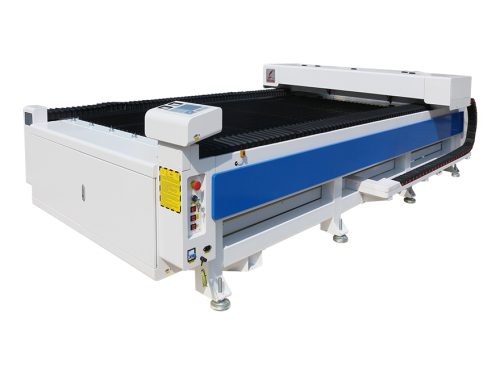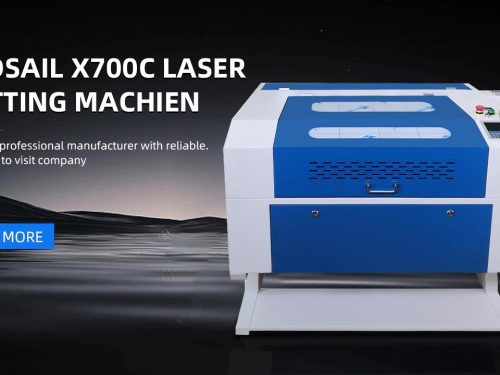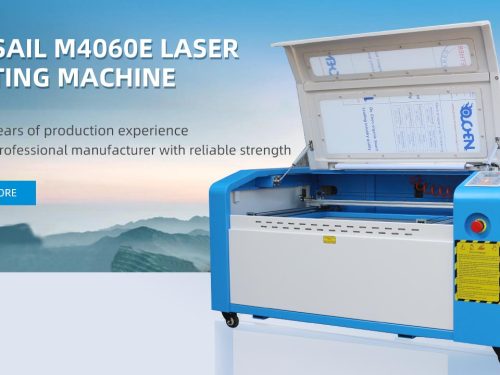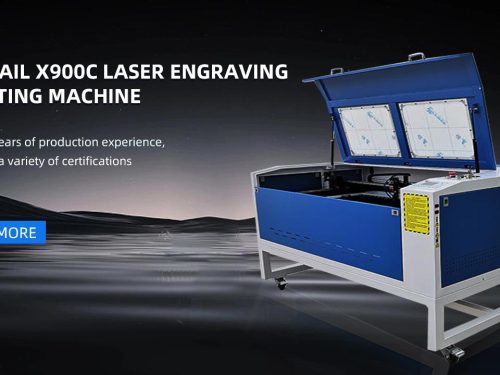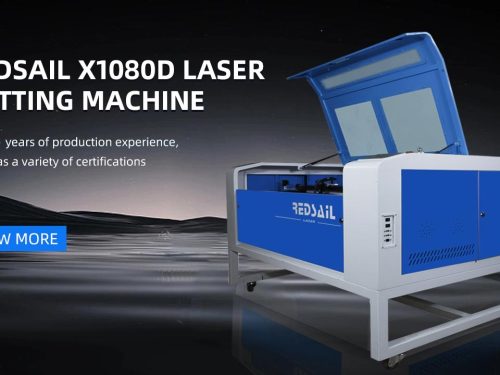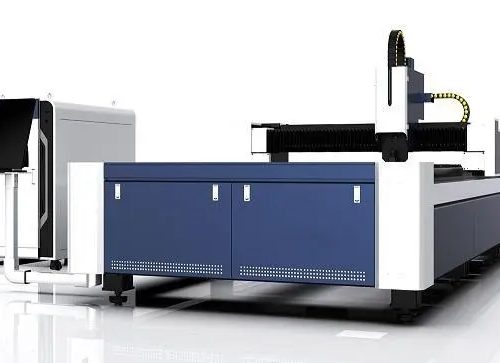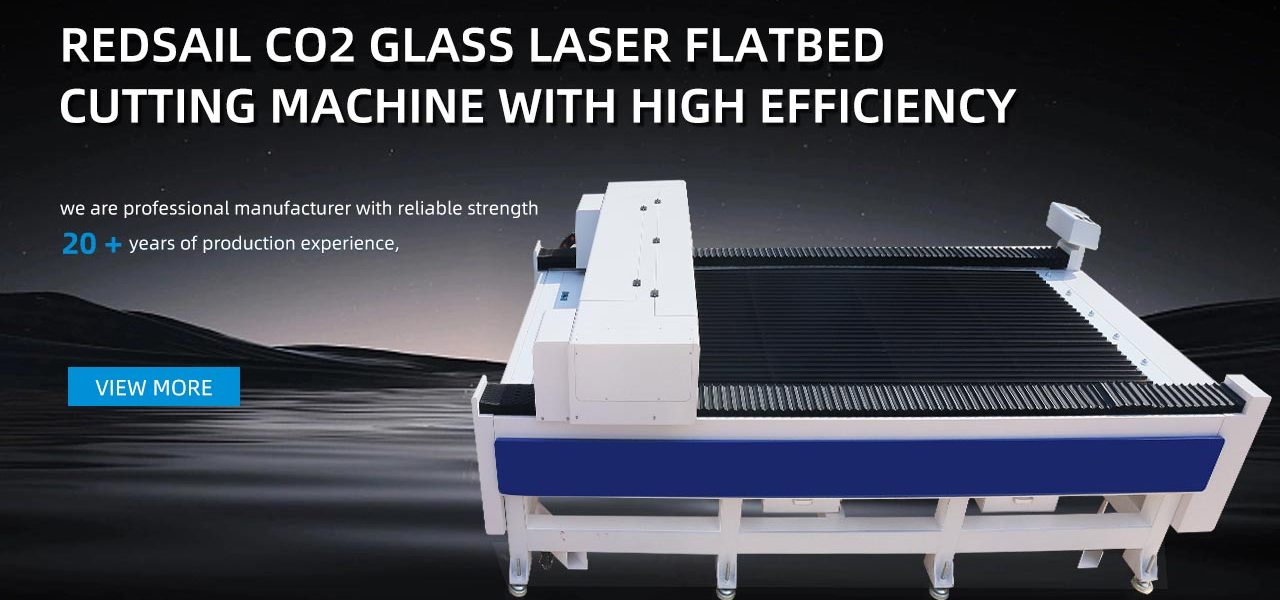
When it comes to cutting rubber, traditional methods such as die cutting and knife cutting can be time-consuming and inefficient. Fortunately, CO2 laser cutting provides a faster and more precise alternative for cutting rubber materials. This technology utilizes a high-powered laser to melt, burn, or vaporize the rubber, resulting in clean and accurate cuts with minimal waste.
How Does CO2 Laser Cutting Work?
CO2 laser cutting works by directing a high-powered laser beam onto the surface of the rubber material. The intense heat from the laser instantly vaporizes, melts, or burns the rubber, creating a clean and precise cut. The process is controlled by a computer, which allows for highly accurate and repeatable cuts, even on complex shapes and designs.
The Advantages of CO2 Laser Cutting
There are several advantages to using CO2 laser cutting for rubber materials. Firstly, the process is incredibly fast, allowing for high-volume production with minimal downtime. Additionally, the precision of the laser means that there is very little material waste, leading to cost savings and a more sustainable manufacturing process. CO2 laser cutting also allows for the cutting of intricate designs and shapes that would be difficult or impossible to achieve with traditional cutting methods.
FAQs
Is CO2 laser cutting suitable for all types of rubber?
CO2 laser cutting is generally suitable for most types of rubber, including natural rubber, silicone rubber, and neoprene. However, it’s important to consult with a laser cutting expert to determine the specific suitability for your particular rubber material.
What are the limitations of CO2 laser cutting for rubber?
While CO2 laser cutting is highly effective for most rubber materials, it may not be suitable for certain types of rubber with high levels of chlorine or fluorine. These materials can produce hazardous fumes when cut with a laser, so it’s important to ensure that the rubber being cut is compatible with the CO2 laser cutting process.
Can CO2 laser cutting be used for thick rubber materials?
CO2 laser cutting is most effective for thin to medium-thickness rubber materials. For thicker rubber, alternative cutting methods such as water jet cutting or mechanical cutting may be more suitable.
Overall, CO2 laser cutting offers a faster, more efficient, and precise way to cut rubber materials. Whether you’re producing gaskets, seals, or other rubber components, CO2 laser cutting can help to streamline your manufacturing process and improve the quality of your products.

